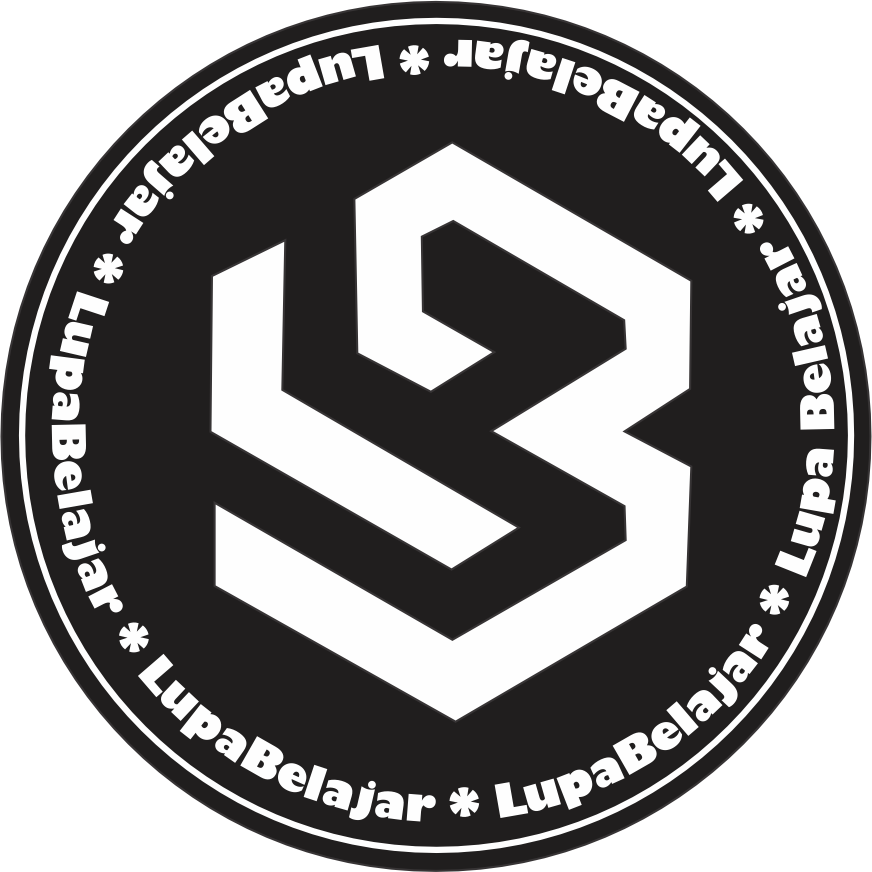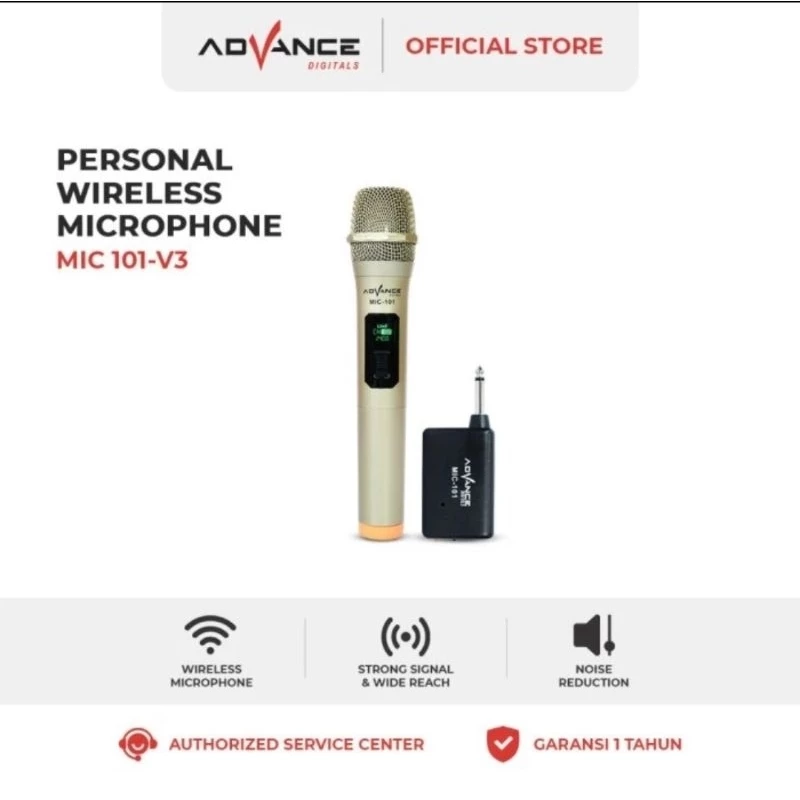
Tips Belajar Efektif di Era Digital
Strategi pembelajaran yang efisien dengan memanfaatkan teknologi modern

Panduan Membuat RPP yang Menarik
Cara mudah menyusun Rencana Pelaksanaan Pembelajaran yang kreatif dan interaktif

Desain Presentasi Pendidikan yang Inspiratif
Membuat slide presentasi yang menarik perhatian dan meningkatkan pemahaman

Teknik Menulis Cerpen untuk Pemula
Langkah-langkah mudah untuk menghasilkan karya sastra yang berkualitas
ACT
ADVANCE CHEMICAL TANKER
BAB V
RESPOND TO EMERGENCIES
5.1 Chemical Tanker Emergency Procedures
EMERGENCY PROCEDURES
This chapter deals with the preparation of plans to meet any emergencies affecting chemical cargoes or cargo handling, as well as the immediate action to be taken in such an emergency. Particular attention is paid to the procedures needed in the event of a fire or an uncontrolled toxic liquid release, because these are potentially the most extreme types of emergency likely to be encountered. However, much of the guidance is applicable in other circumstances, including the control of pollution, and the chapter should be read with this in mind. Rescue from enclosed spaces is covered in Chapter 3, while additional information on fire fighting will be found in Appendix H.
Drills and exercises should vary, so that the crew members become familiar with equipment throughout the ship, and the master and other of fleers can consider what they would do in the event of various types of emergency. In each emergency, the first stages of the contingency plan should be:
• Raising the alarm.
• Organizing man power and equipment.
• Arranging contingency evacuation for non-essential personnel.
• Notifying proper authorities.
• Notifying the ship operator’s office in accordance with the company’s contingency plan.
EMERGENCIES
Chemical fires
Fire fighting cannot be successful unless all equipment is operational, and all personnel are trained in its use. Fires involving chemicals pose specific hazards which are addressed in Appendix H. There is no such thing as a minor fire involving chemical cargoes.
The ship’s general alarm should be raised and, if along side, the terminal must be notified with regards to the chemicals involved. The terminal control room should be requested to summon any outside assistance such as the civil fire brigade, rescue launches, medical aid and ambulances, police, harbour authority and pilots.
It is anticipated that each ship or company will have its own fire emergency plan. The following list of points should be considered for inclusion:
• Activate the alarm.
• Stop cargo operations - close valves and hatches.
• Organise fire fighting teams.
• If alongside a berth, alert terminal staff and request them to alert port authorities.
• If at anchor in port, alert the port a uthorities.
• If other ships or craft are alongside, alert them and instruct them to depart immediately.
• Identify the chemical or chemicals involved, and any chemicals that maybe at risk if the fire spreads.
• Select tiie fire fighting equipment and fire extinguishing agent to be used.
Chemical cargo spills
The biggest risk of a cargo spill is during cargo handling operations, either because of equipment failure or improper handling procedures. Cargo spills are therefore most likely to happen in port. In the event of a spill, the following actions should be taken immediately:
• Activate the alarm.
• Stop all cargo operations and close valves and hatches.
• Notify local port authorities, usually through the terminal staff.
• Prohibit smoking and use of naked lights throughout the ship.
• Clear all non-essential personnel from the area.
• Close all accommodation access doors, and stop all non-closed circuit ventilation.
• Arrange for main engines and steering gear to be brought to stand-by.
The primary factor affecting response will of course be the chemical or chemicals involved, but the action to be taken depends on the circumstances of the spillage, as well as its size and location. If there is a possibility of cargo or cargo vapour entering any accommodation or engine room air intake, appropriate preventive steps must be taken quickly. As a general rule, there should be a full initial response to any spill, the emergency party wearing the appropriate protective clothing and breathing apparatus.
Deck valve and deck pipeline leakage
If leakage develops from a deck pipeline, deck valve, cargo hose or metal arm, operations through that connection should be stopped and the situation treated as an emergency until the cause has been identified and the defect remedied. Permanent means for the retention of any slight leakage at ship and shore connections should have been provided. Operations should not be restarted until the fault has been rectified and all hazards from the released cargo eliminated.
If a pipeline, hose or arm bursts, or if there is an overflow, all cargo and bunker operations should be stopped immediately and the situation treated as a cargo spill.
Tank leakage within the ship
Leakage from a cargo tank into void or ballast spaces may cause damage to materials or equipment, and may create an explosive atmosphere and a potential personnel risk. The actions to be taken may differ depending on the product involved and other circumstances such as the weather, but should as a minimum include the following:
• Identify the products involved and the risks associated with them.
• Clear the area of all non-essential personnel.
• Identify the location of the leak.
• Transfer the product in the leaking tank to an empty tank, if at all possible.
• Consider notifying port and local authorities, and ship's operators.
• Commence remedial measures.
Spills in confined spaces such as pumprooms should, where practicable, be first contained and then treated and collected for safe disposal. Spills may be contained with dry sand, earth or proprietary chemicals. Acid residues can be neutralised with sodium carbonate (soda ash) or special chemicals. Untreated acid spillage must be prevented from entering mild steel areas of the ship as rapid corrosion can follow: in extreme cases the consequent hull corrosion has caused the ship to sink.
EMERGENCY DISCHARGE OR JETTISON OF CARGO
The jettison of cargo is an extreme measure, justified only in emergency as a means o f saving life at sea or where the integrity of the ship is at risk. A decision to jettison cargo should not be taken until every alternative option has been considered in the light of available information on stability and reserve buoyancy.
If it is necessary to jettison cargo there will be a possibility of releasing large amounts of flammable or toxic vapours. The following precautions are recommended:
• AH non-essential inlets should be closed.
• A radio warning should be broadcast for the information of ships nearby.
NOTIFICATION OF SPILLAGE IN TO THE SEA
Any incident, accidental or deliberate and whether at sea or in port, that causes or will probably cause a release of oil into the sea should be reported to the proper authorities. Each ship will have its own Shipboard Oil Pollution Emergency Plan (SOPEP), which will give advice.
From 2003, the same reporting requirements will apply to actual or probable releases of noxious liquid substances, and in the case of ships certified to carry such cargoes the SOPEP will become a Shipboard Marine Pollution Emergency Plan (SMPEP), covering spillage of noxious liquids.
PERSONNEL EXPOSURE
Unplanned exposure of personnel to toxic or corrosive fumes or liquid should always be treated as an emergency. Section A.3 and B.3 give an outline indication of appropriate care. In more serious cases, the rescue team should be mobilised and the rescue plan implemented. First aid should be administered as indicated in the product material data sheet. General advice is given in the Emergency Schedules (EmS) and the Medical First Aid Guide for Use in Accidents Involving Dangerous Goods (MFAG).
The master must evaluate the seriousness of the exposure and, if in doubt, seek medical attention and advice.
ACTION BY SHIPS WHEN AN EMERGENCY OCCURS AT OTHER BERTHS NEARBY
On hearing the terminal alarm being sounded, or on being otherwise advised of an emergency at the terminal, a ship which is not involved in the emergency should be prepared for the situation to worsen. It may become necessary to shut down all cargo, bunkering and ballasting operations, withdraw personnel from the open deck, bring fire fighting capability to a state of readiness, and make engines, steering gear and unmooring equipment ready for immediate use. Contingency evacuation should be considered.
EMERGENCY REMOVAL OF A TANKER A BERTH
If an emergency that cannot be controlled occurs on a chemical tanker at a terminal, it may be necessary to consider removal from the berth. Planning for such an eventuality will require consultation between a representative of the port authority or harbourmaster, the responsible terminal official, the master of the tanker and the senior local authority fire officer. The plan should avoid hasty action which might increase rather than reduce the danger to personnel, the tanker, the terminal, other ships berthed nearby and adjacent installations. By the time it is necessary to remove a tanker which is on fire, the circumstances m ay be such that tire ship's crew is unable to assist.
Action in case of grounding
1. On hearing the emergency alarm, I will go to the emergency station in proper rig
2. Head count and report to master
3. Inform master about any missing person/casualty
4. Follow ship’s emergency procedure manual for grounding.
5. Command team : Master.
6. Emergency team : C/O.
7. Back-up team: 2/0
8. Roving team: C/E
9. E/R team / 2 E
5.2. Action to be Taken Following Collision, Grounding or Spillage
PROCEDURE
Management
• Purpose Definitions
• Rotes and Responsibilities
• Procedure and guidelines
• Debriefing
• Training and awareness
• Documents/Forms Legislation References
Purpose
This procedure outlines the requirements for the management of chemical spills in the workplace to minimise effects to health and safety from exposure to chemical spills and reduce the mpact on the environment. The procedure applies to all University staff students and contractors in all areas of all University where chemical substances are transported, purchased, stored handled, or used, including vehicles of visitors or suppliers who bring substances into the University that are potentially hazardous.
The procedure provides general guidance and therefore each laboratory or other work area that use chemical substances should have specific procedures for the particular types of substances .used within the workplace or brought onto the premises.
Definitions
Personal Protective Equipment (PPE) - equipment to protect a person working in a hazardous environment.
Bund - is an embankment or wall of brick, stone, concrete, or other impervious material, which may form part of or the entireperimeter of a compound and provides a barrier to retain liquid.
The bund is designed to contain spillages and leaks from liquids used, stored processed above ground and to facilitatecleanup operations.
Chemical Spill Guides - Glides to assist in the emergency management of particular classes of spill ranging from acids to biological spill management. These guides outline the steps to take and the PPE to wearto protect both the clean up team/person and the environment.
Spill Kits
• A similar amount of Sodium Hydrogen Carbonate is to be available for spills of corrosive liquids.
• A couple of bags of kitty litter, saw dust or sand to absorb spilt liquids.
• Brooms, dustpans and a square mouth shovel to sweep up the absorbent material
• Absorbent pillows or booms to contain larger liquid spills and prevent spills entering drains
• Heavy duty plastic bags or plastic drums (with a lid) to contain hazardous material prior to disposal.
• Appropriate personal protective clothing (such as chemical resistant gloves, safety glasses)
• A wheelie bin to contain all the above equipment and store hazardous material prior to disposal
Ensure that the spill kit is clearly labelled and located in an easily accessible position for all staff. Ensure that all staff are aware of and can access the Chemical spill management and chemical spill guidelines, and know how to use the spill kit in case of an emergency.
Spill kits should be restocked following use and the contents should be checked on a monthly basis.
5. Spill Management Requirement
The following are the minimum mandatory chemical spill facility requirements
Loading Araes Bays
• Permanently Installed Secure Roll Over Bunds
• Adequate supply ofemergency drain cavus
• 240 Litre Chemical spill Station (wheelie bin variety)
• Chemical Storage Areas
• Chemical Storage Cabinets
• Chemical Waste Storage Areas
• Adequate supply of em agency drain covers
• 240 Litre Chemical Spill Station (wheelie bin variety)
• Adequate ventilation
Data diatas merupakan sebagian ketikan ulang format MS. Word dari Modul ACT Politeknik Pelayaran Format MS. Word (BAB V). Untuk lengkapnya dapat di download pada link dibawah ini:
Ikuti Blog Kami
Disclaimer: Konten di blog ini hanya untuk tujuan edukasi. Pengguna bertanggung jawab atas penggunaan materi yang disediakan.
SHOPEE
Diskon dan Penawaran Khusus

Gushiyuta 3 IN 1 Meremajakan Kulit Alat Pijat Pengencang Kulit Wajah dan Leher dan Mata / Setrika Wajah Alat Perawatan Wajah
Rp 116.523
Belanja Sekarang

Jangkauan 300M²/Anti Lag HFH WiFi Signal Booster - Extender Penguat Sinyal Wireless/Repeater 300Mbps/Stabil Untuk Rumah Kantor
Rp 33.950
Belanja Sekarang

ADVANCE K 1506 K1506 ADVANCE Speaker Portable BLUETOOTH - FREE MIC WERLES 2BH
Rp 1.274.000
Belanja Sekarang
Statistik
- Total Tayangan:





Komentar
Comments
Post a Comment